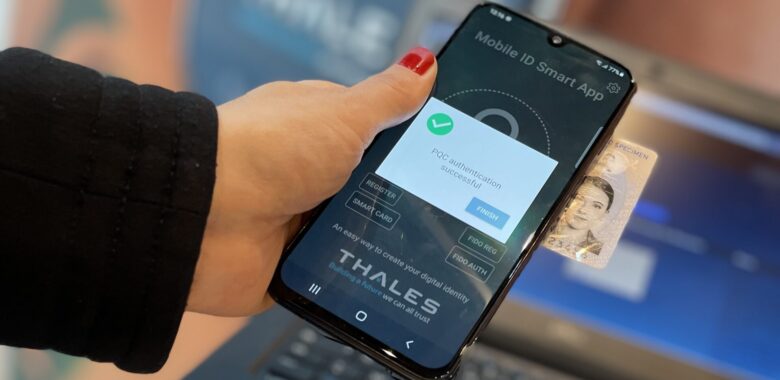Having an identity permits inclusion in all aspects of society, especially as we become more and more connected globally. Relationships in the past were localised, meaning that we did business with people we knew and didn’t need to ask them for their ID to prove who they are. As society becomes decentralised and many transactions are completed online or electronically, the need to prove who you are becomes essential.
Legal identity is a basic human right. It acts as the gateway to social and economic inclusion, enabling access to essential services such as healthcare, education, financial aid, the right to vote and cross-border travel. However, according to the United Nations, over 1.1 billion people across the world today do not have a legal identity, meaning that they do not legally exist.
While nations have a duty to provide and protect each citizen’s legal identity, this has proven difficult to achieve in certain countries due to monetary costs, lack of capable birth regulation systems and other factors. Thankfully, new digital technologies can offer game-changing solutions for governments and citizens alike.
Why digital identities?
Technologies can assign everyone a legal digital identity in a simple, fast and secure manner. Thanks to secure communication technologies, digital identities enable the development of services with which every individual can access their rights that are attached to their unique identity. A digital identity simplifies information sharing, while access rights are differentiated and secure. This unlocks a range of solutions that can benefit a nation’s citizens, as well as organisations and businesses.
Key principles of legal digital identity
Digital identities need to meet three stringent requirements – to be inclusive, efficient and secure; in order to guarantee an individual’s legal identity. Only by following these key principles would they fulfil their intended role.
- Inclusivity: Digital identity must be accessible to all, without discrimination, and using technologies that are adapted to the specific environment and existing infrastructure.
- Efficiency: Digital identity needs to be secure, efficient, affordable and sustainable. It must rely on open standards and guarantee interoperability with different existing technologies, helping to provide governments with a choice in terms of equipment, and compatibility with their infrastructure.
- Security: Digital identity must guarantee confidentiality of the data collected and be part of a legal framework of trust. Governments who deploy digital identity solutions must ensure the security of the identity verification solutions they provide to the private sector.
Benefits of legal digital identity
Introducing digital legal identities as a form of identification can provide numerous benefits for citizens, governments and the private sector. For citizens, having a digital legal identity means that they would be allowed access to social services, state financial aid and to services offered by private entities.
Digital identities provide governments with a complete view of their population, allowing them to govern from economic and social standpoints and to fight fraud and corruption. Furthermore, deploying a digital identification system provides them with the opportunity to offer services to private entities and to partly delegate the solution to the private sector.
It also provides the infrastructure for digital transactions, guaranteed by law and the judicial system, providing many advantages for private sector companies such as the ability to offer online services without the responsibility of verifying identity.
The role of biometrics in enabling legal digital identities
Biometrics make it possible to securely identify an individual, using universal characteristics that are unique for each individual, invariable, measurable and recordable. Different morphological, biological and behavioural characteristics can be used to ensure a seamless and secure identification. Today, fingerprint and facial recognition have become the most widespread form of biometric verification, globally used for air transport, ID documents and even for authorising financial transactions.
Biometrics is particularly relevant in developing countries, where some are starting identity programmes from scratch, where IDs are not yet standardised or birth registration is lacking. Once identity has been quickly established through biometric data capture, individuals have a simple and clear method of establishing or re-establishing their identity throughout their lives whenever needed.
Up until now, population identification was an international priority in terms of economic and social inclusion as well as countries’ development. COVID-19 crisis has greatly emphasised the need to accelerate the deployment of a unique digital identity systems as this would allow countries to plan and monitor the distribution of social benefits to the most vulnerable in society, to accelerate the distribution of financial aid to those in need and to ensure economic recovery in case of recurrence of such crisis.



